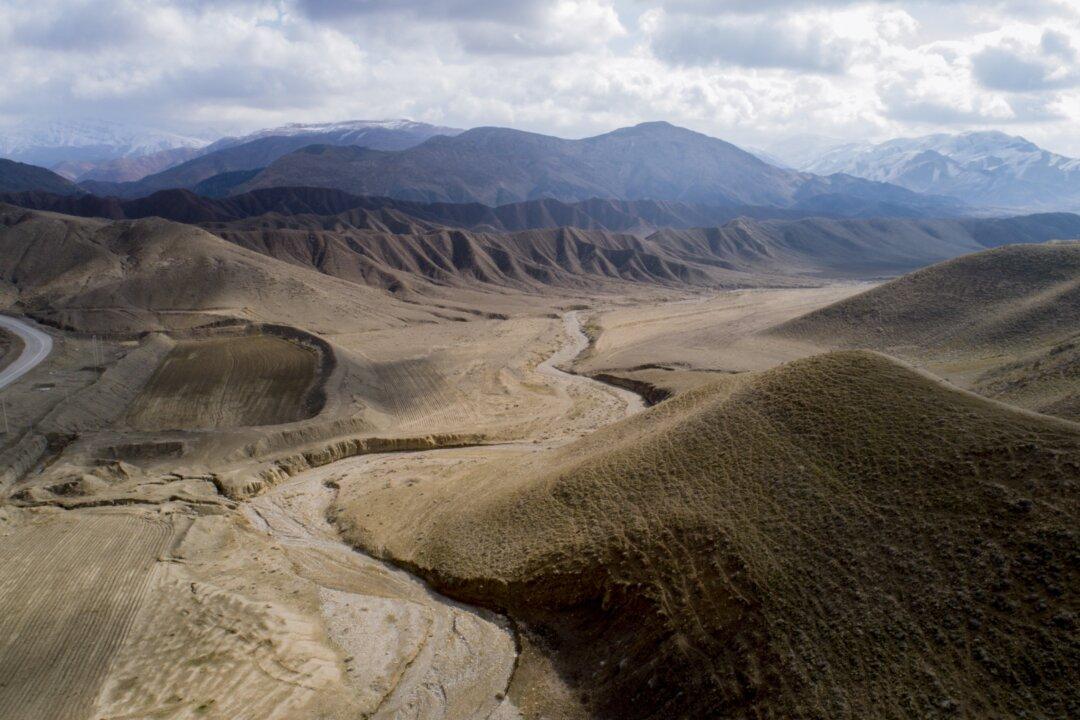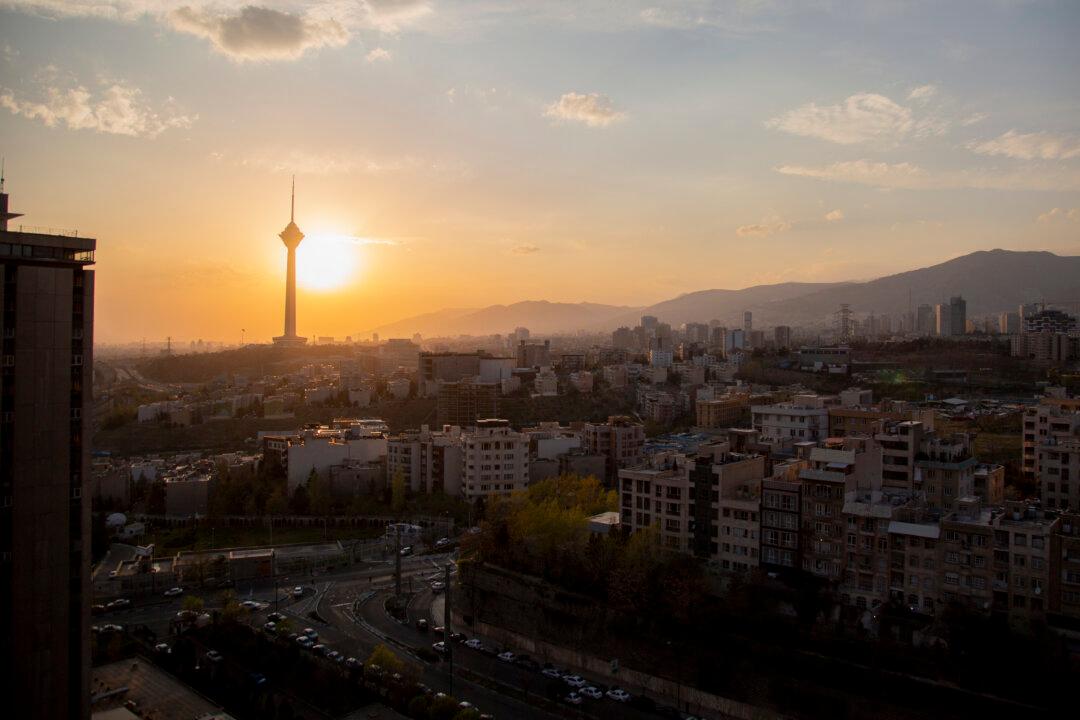Commentary
Between June 13 and 16, 2025, Israel launched a coordinated series of air, missile, and cyberattacks deep into Iranian territory. Known as Operation Rising Lion, these precision strikes were not just a military counteroffensive; they constituted a strategic dismantling of the Islamic Republic’s foundational structures. For the first time since 1979, the regime appears not only vulnerable but structurally compromised.
A Regime Built on Control, Now Exposed
The Islamic Republic of Iran functions through a tightly woven theocratic-military architecture. Its survival hinges on the cohesion of five core systems: the Supreme Leader’s office, the Islamic Revolutionary Guard Corps (IRGC), the intelligence-security apparatus, oil revenue and sanctions-evasion networks, and ideological control through clerical and media dominance. In one coordinated campaign, each of these pillars was hit with precision.The Supreme Leader’s Circle Decimated
Ali Khamenei’s Office of the Supreme Leader (Beyt-e Rahbari) has long operated as the nucleus of power in Iran. During the Israeli strikes, Khamenei reportedly retreated to a secure location and ceased public appearances. Key advisors and top military officials were killed in the initial waves, including:- Ali Shamkhani (former Supreme National Security Council head)
- Major General Mohammad Bagheri (Chief of Staff of Iran’s Armed Forces)
- Major General Hossein Salami (Commander-in-Chief of the IRGC)
- Major General Gholam Ali Rashid (Commander of the Khatam-al Anbiya Central HQ)
- Brigadier Generals Gholamreza Mehrabi, Mehdi Rabbani, Mohammad Kazemi, and Mohammad Hassan Mohakek (key figures in intelligence and operations)
- Fereydoon Abbasi-Davani (former nuclear chief)
The IRGC: Hollowed From Within
The IRGC serves not only as Iran’s elite military force but also as its economic enforcer, foreign policy executor, and internal security bulwark. During Operation Rising Lion, Israeli strikes:- Targeted IRGC aerospace command facilities in Isfahan
- Destroyed drone storage and production near Kermanshah
- Hit cyber warfare and logistics command nodes in Tehran and Shiraz




